
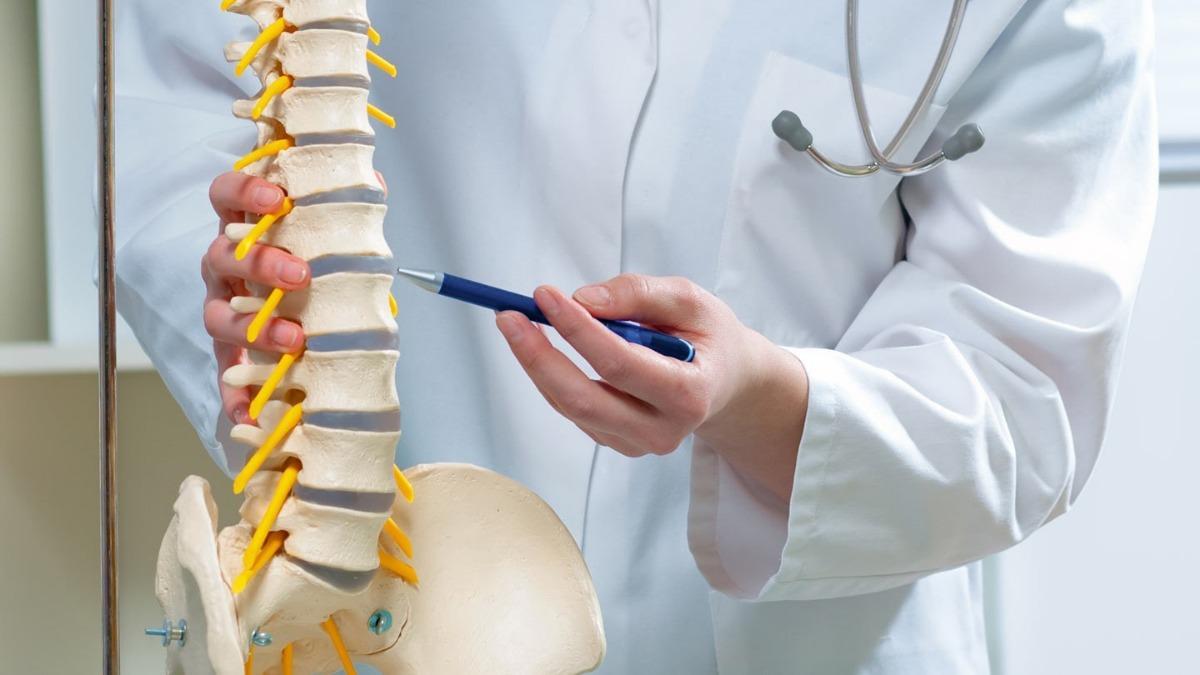
Spinal stenosis is a condition that occurs due to excessive pressure exerted on the nerves traveling through the spine as a result of a narrowing of spaces within your spine. Spinal stenosis usually occurs in the neck and the lower back. You should seek spinal stenosis treatment Woodstock as soon as possible.
The symptoms of spinal stenosis may not show up at all for some people. Others may experience tingling, muscle weakness, pain, and numbness. Over time, symptoms may worsen.
The wear-and-tear changes in the spine related to osteoarthritis is the most common cause of spinal stenosis. Doctors may recommend surgery to treat severe cases of spinal stenosis, as it will help to create additional space for the nerves or spinal cord.
The location on the spine where the condition occurs determines the classification of the types of spinal stenosis. You can have more than one type. The two main types of spinal stenosis, include:
While most people may have evidence of spinal stenosis on a CT or an MRI, they may not have symptoms. The symptoms start gradually when they occur and worsen over time. Symptoms vary depending on the location of the stenosis and the affected nerves.
After a physical exam, your Woodstock chiropractor will likely order some tests to find out the cause of your symptoms before spinal stenosis treatment Woodstock. Imaging tests, such as CT scans, X-rays, and MRI scans, can provide detailed pictures of your spine.
While there’s no cure for spinal stenosis, the available treatments help to relieve symptoms. You can take over-the-counter anti-inflammatory medications to ease the pain and swelling. If they don’t work, your doctor may prescribe higher-dose medication.
Knowing the location of the stenosis and the severity of the symptoms helps to determine the right treatment for spinal stenosis. Talk to Dr. Kal, our top Woodstock chiropractor, about the treatment that is best for your situation.
If you are experiencing mild symptoms or not experiencing any at all, then your chiropractor may have to schedule regular follow-up appointments to monitor your condition. Dr. Kal may give you some self-care tips that you can do at home to address spinal stenosis. The chiropractor will recommend physical therapy if these do not help.
In an effort to reduce pain, people who have spinal stenosis often become less active. However, it worsens the condition because it leads to muscle weakness that can cause more pain. Your Woodstock chiropractor at Advanced Health Solutions – GA Spine & Disc will teach you some exercise to help in:
Are you looking for spinal stenosis treatment Woodstock? Call us today at (770) 212-3991 or use the online contact form to schedule an appointment with Dr. Kal. Don’t suffer alone; we are here to help!
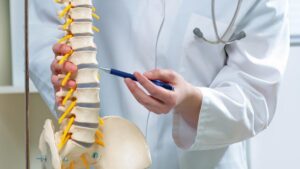
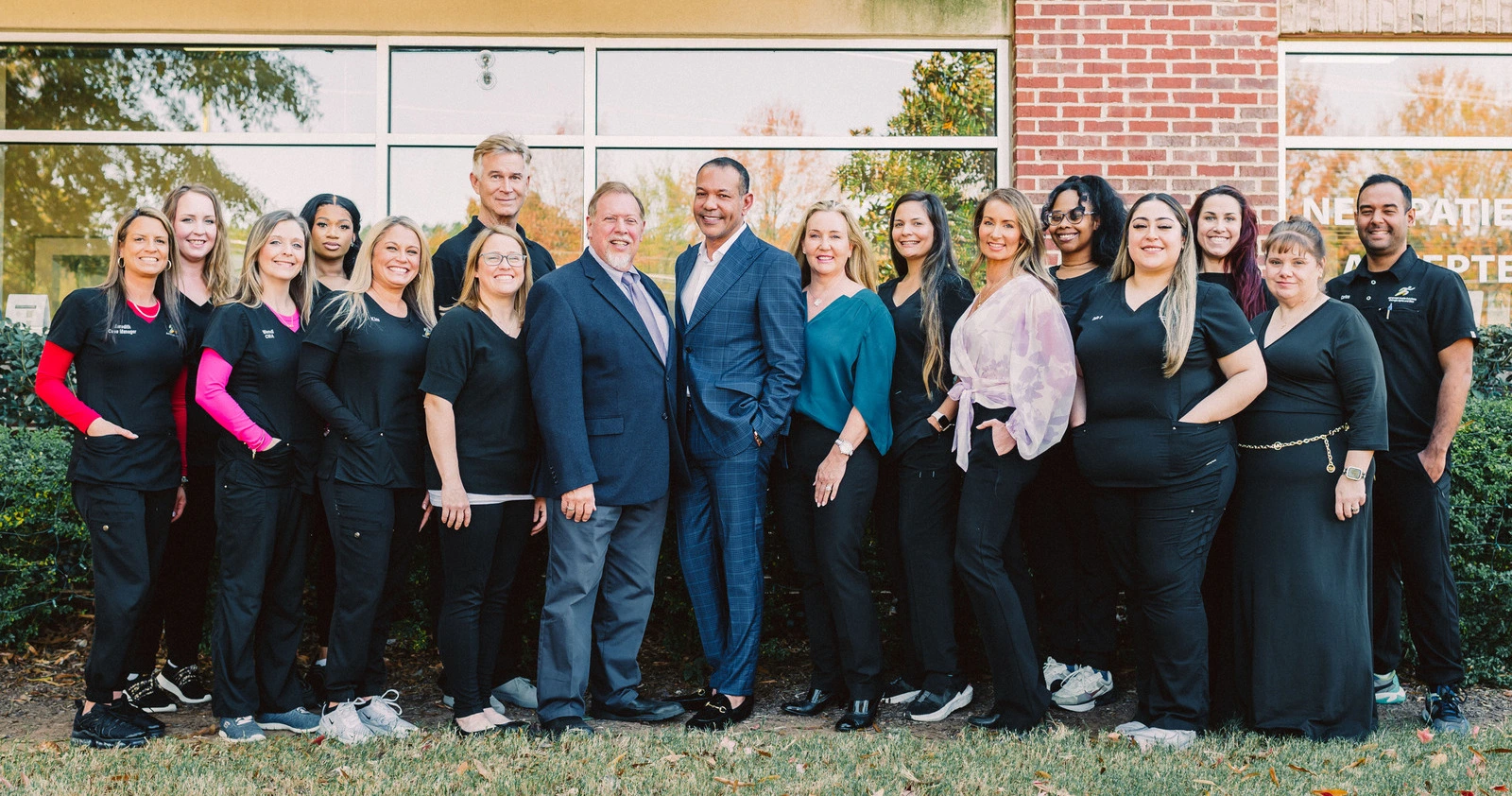
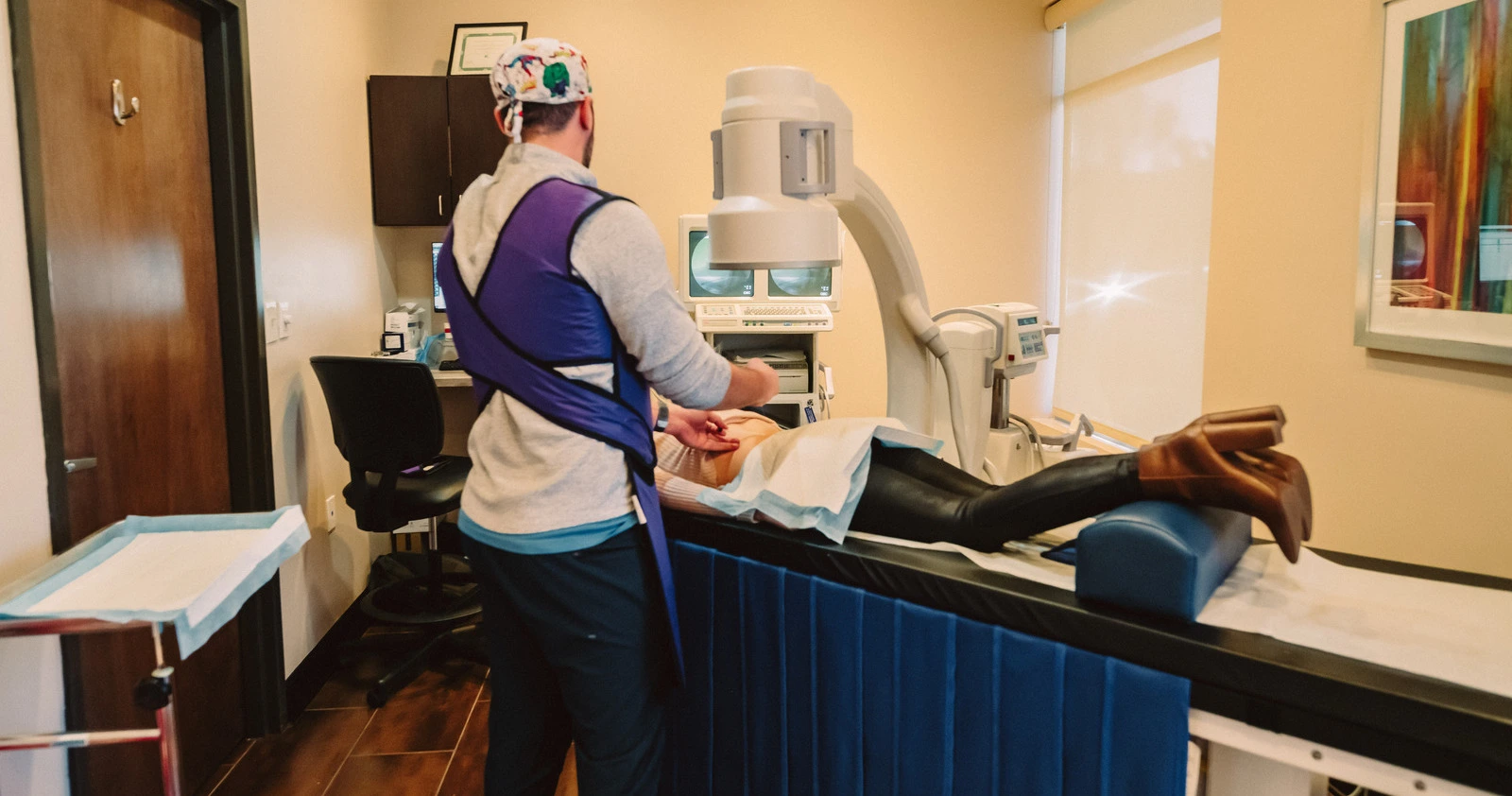
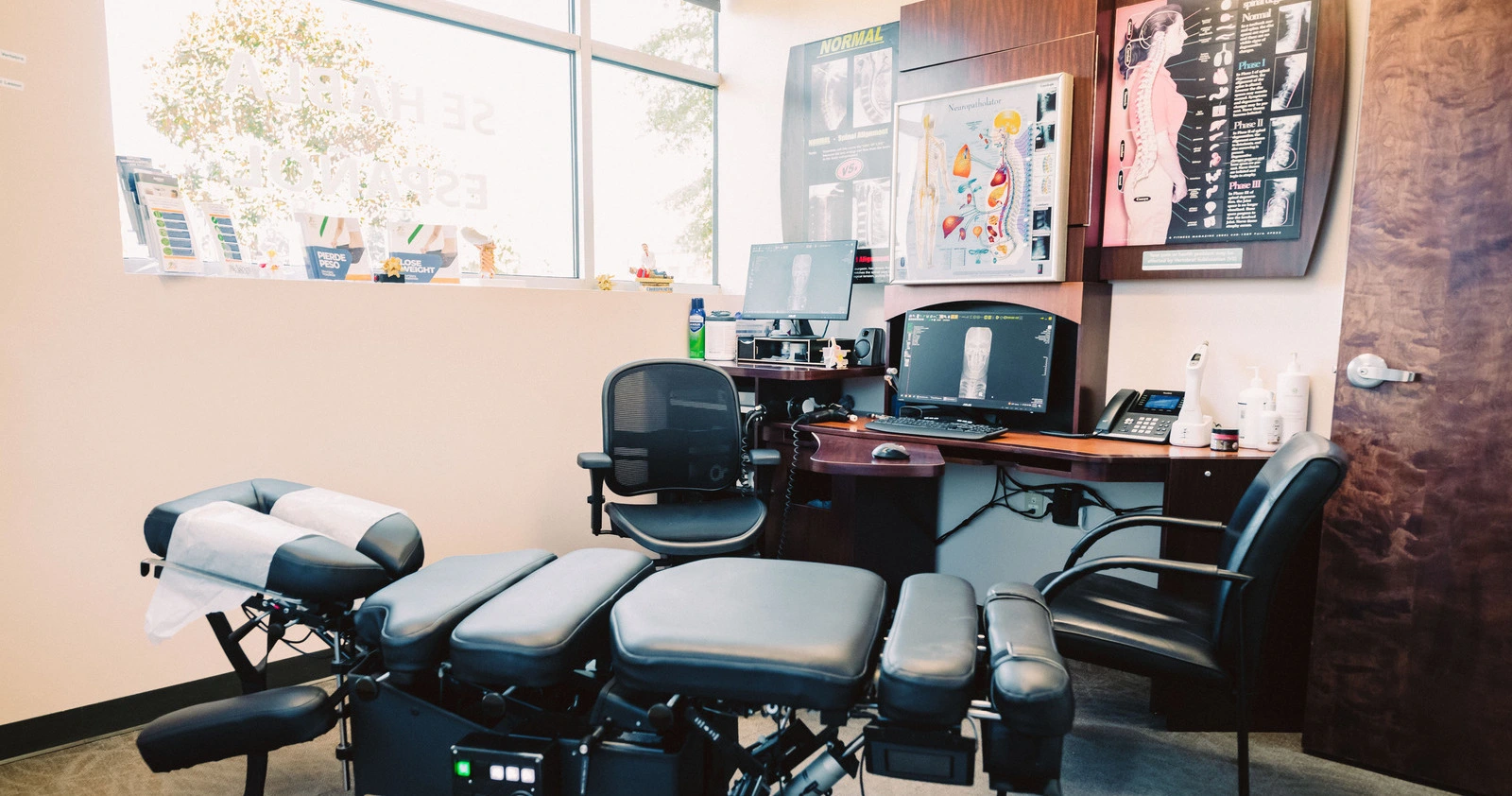
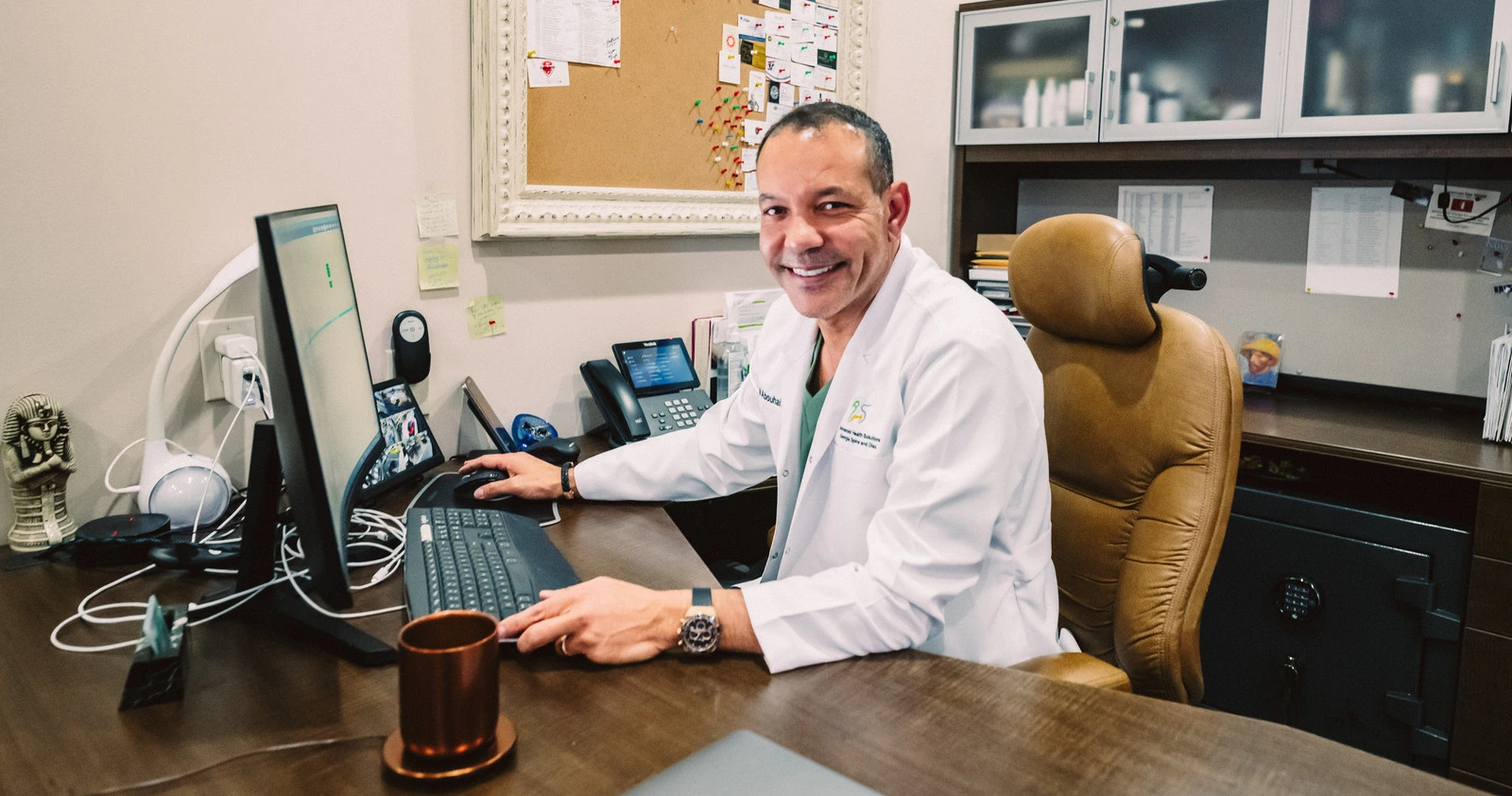
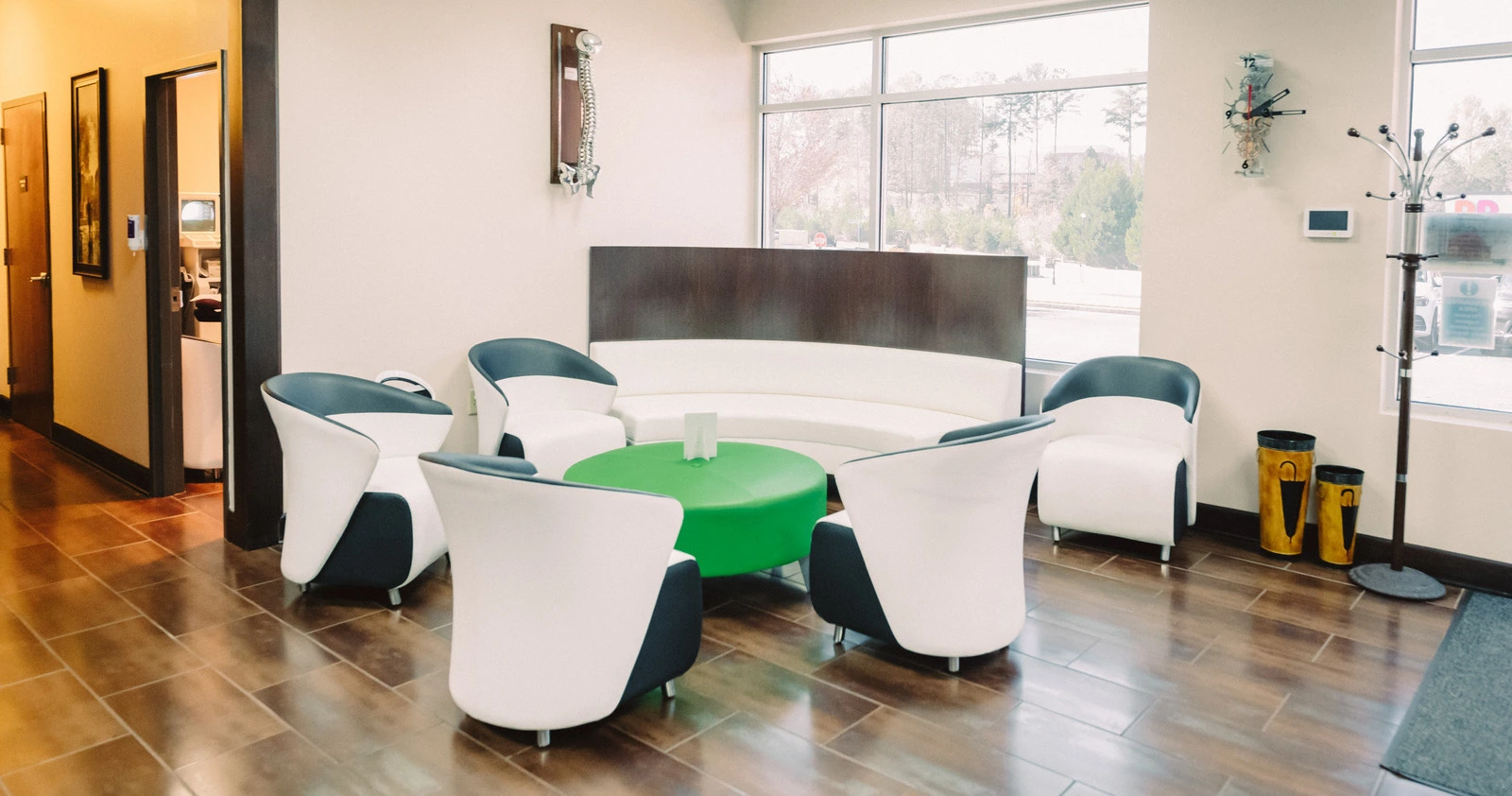
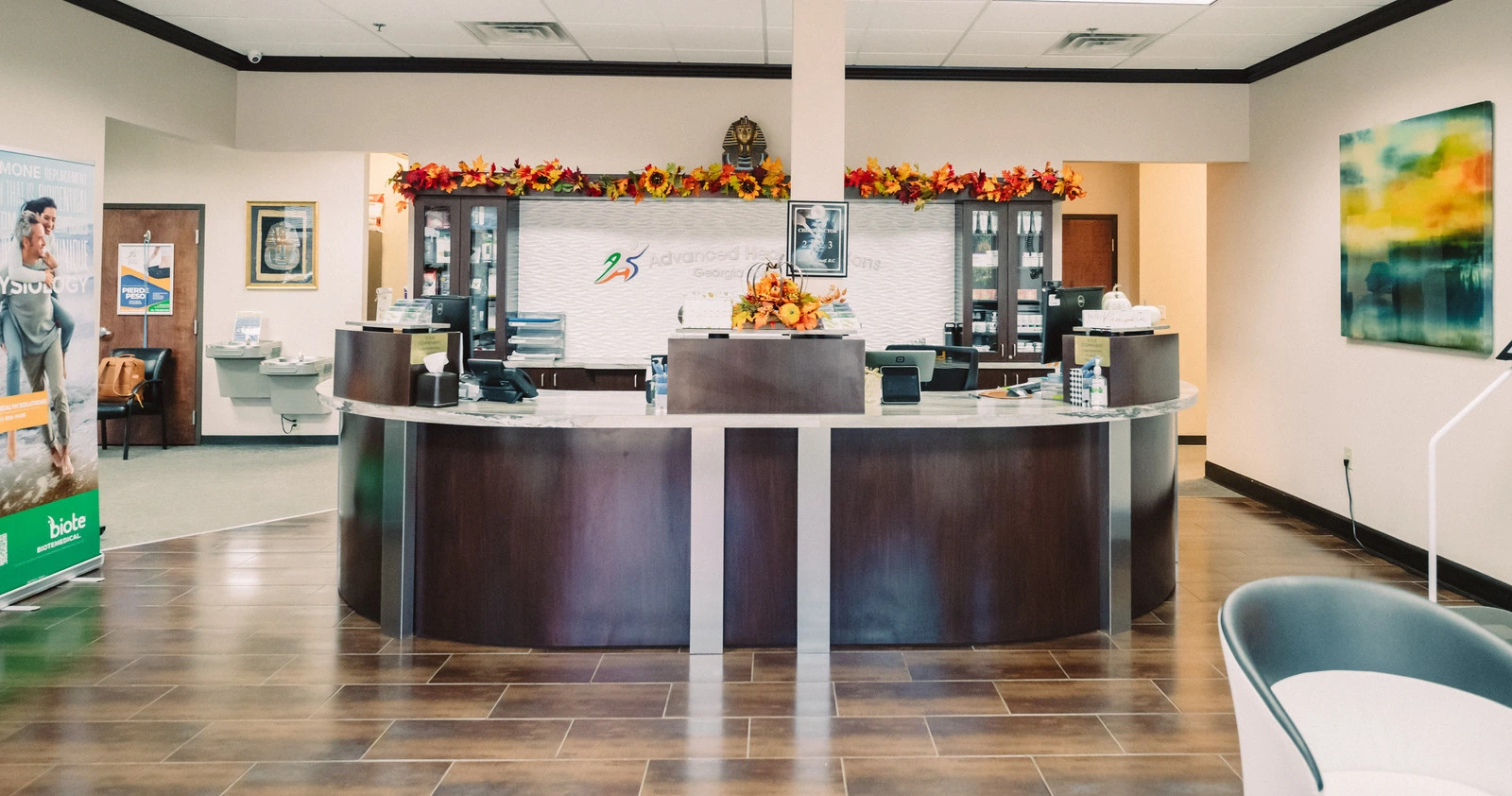

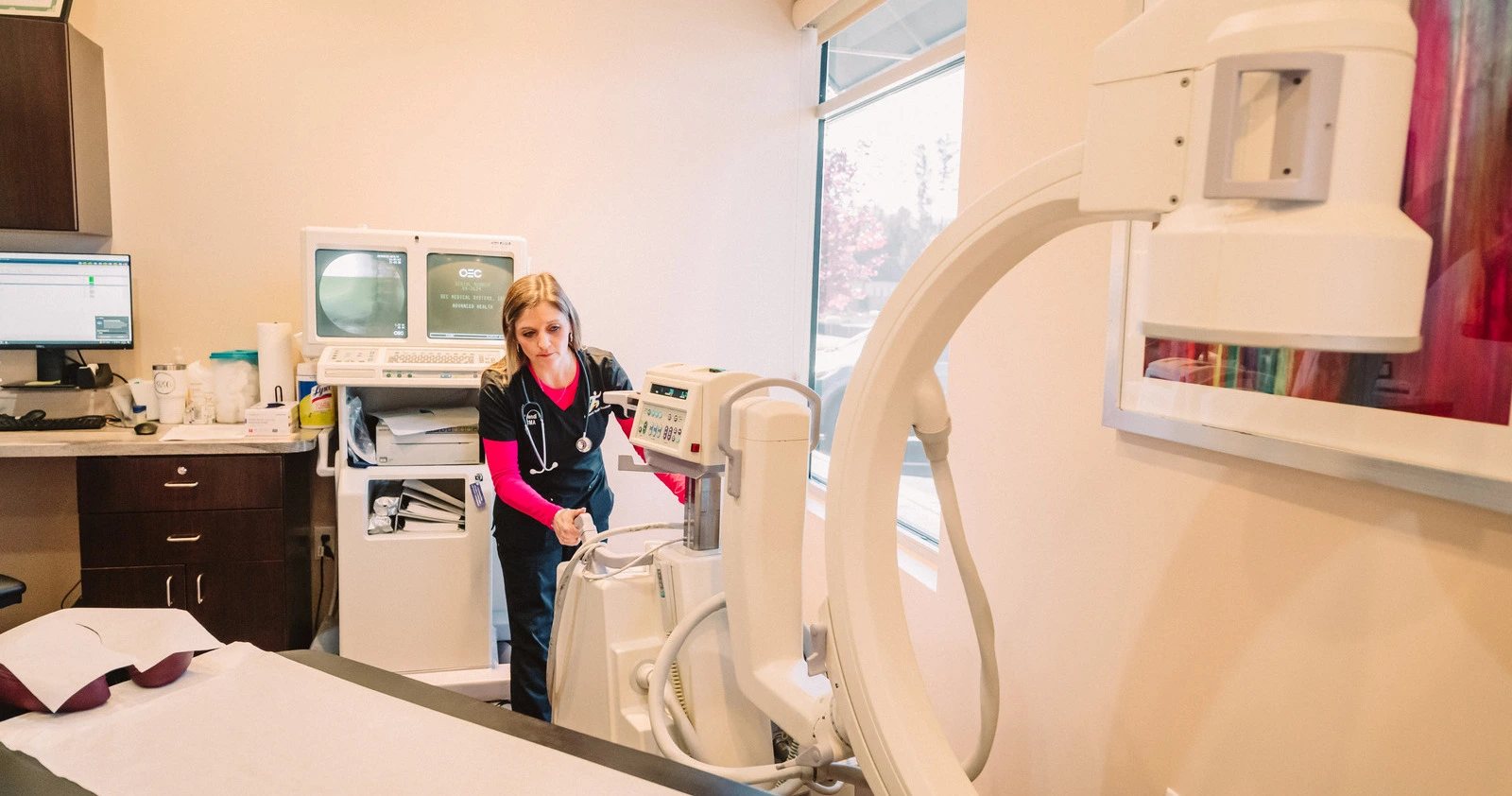

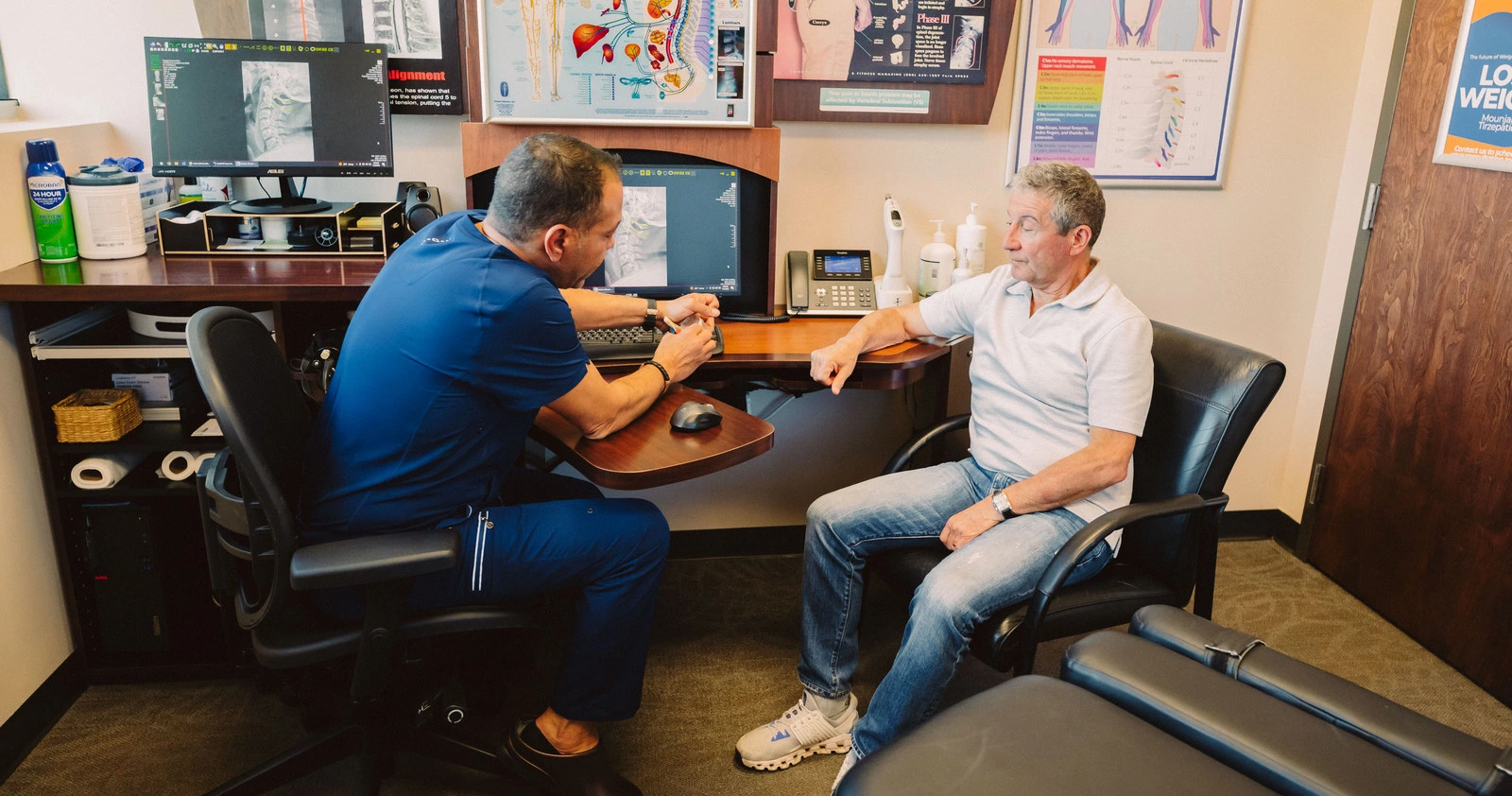
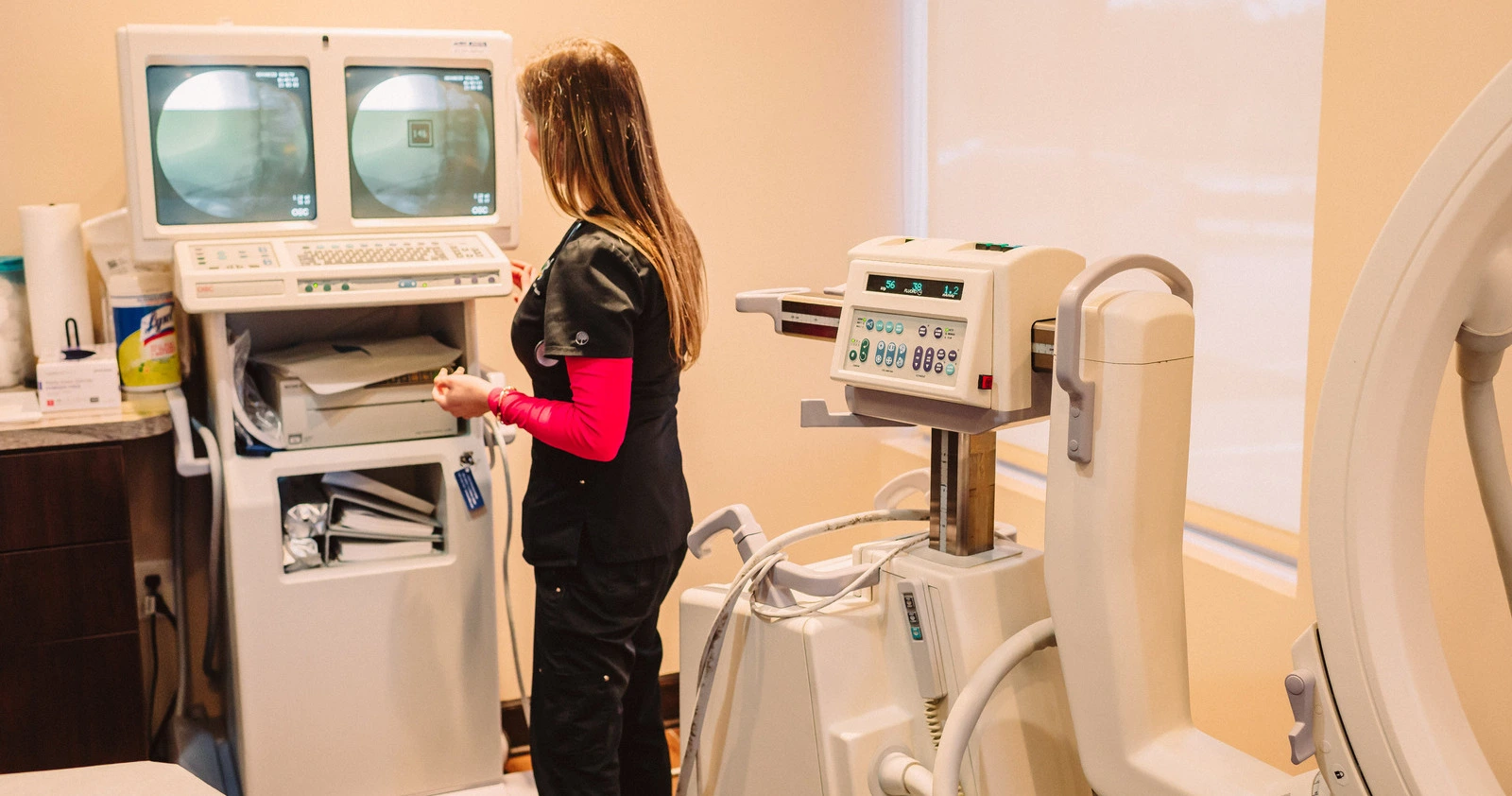
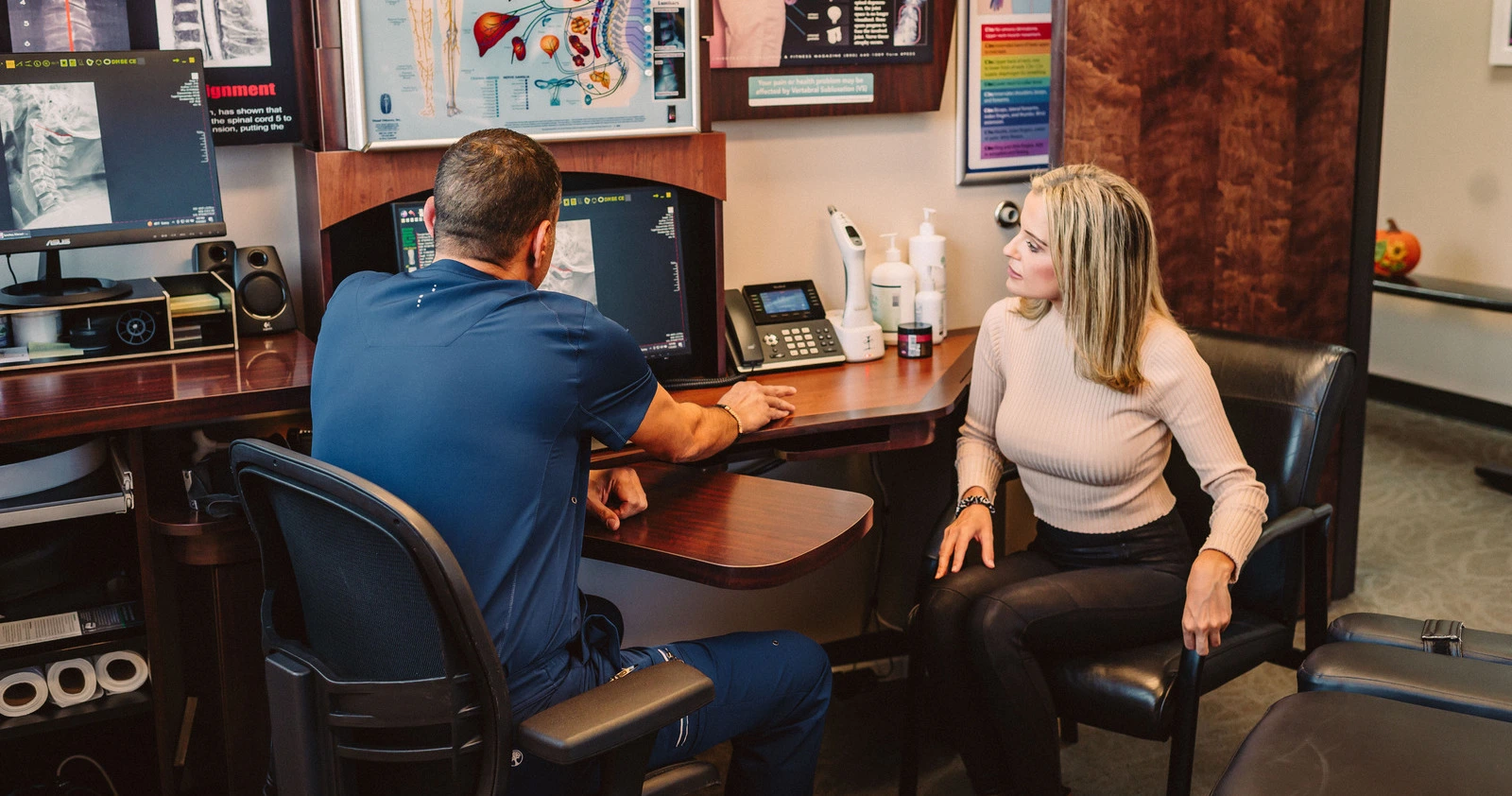
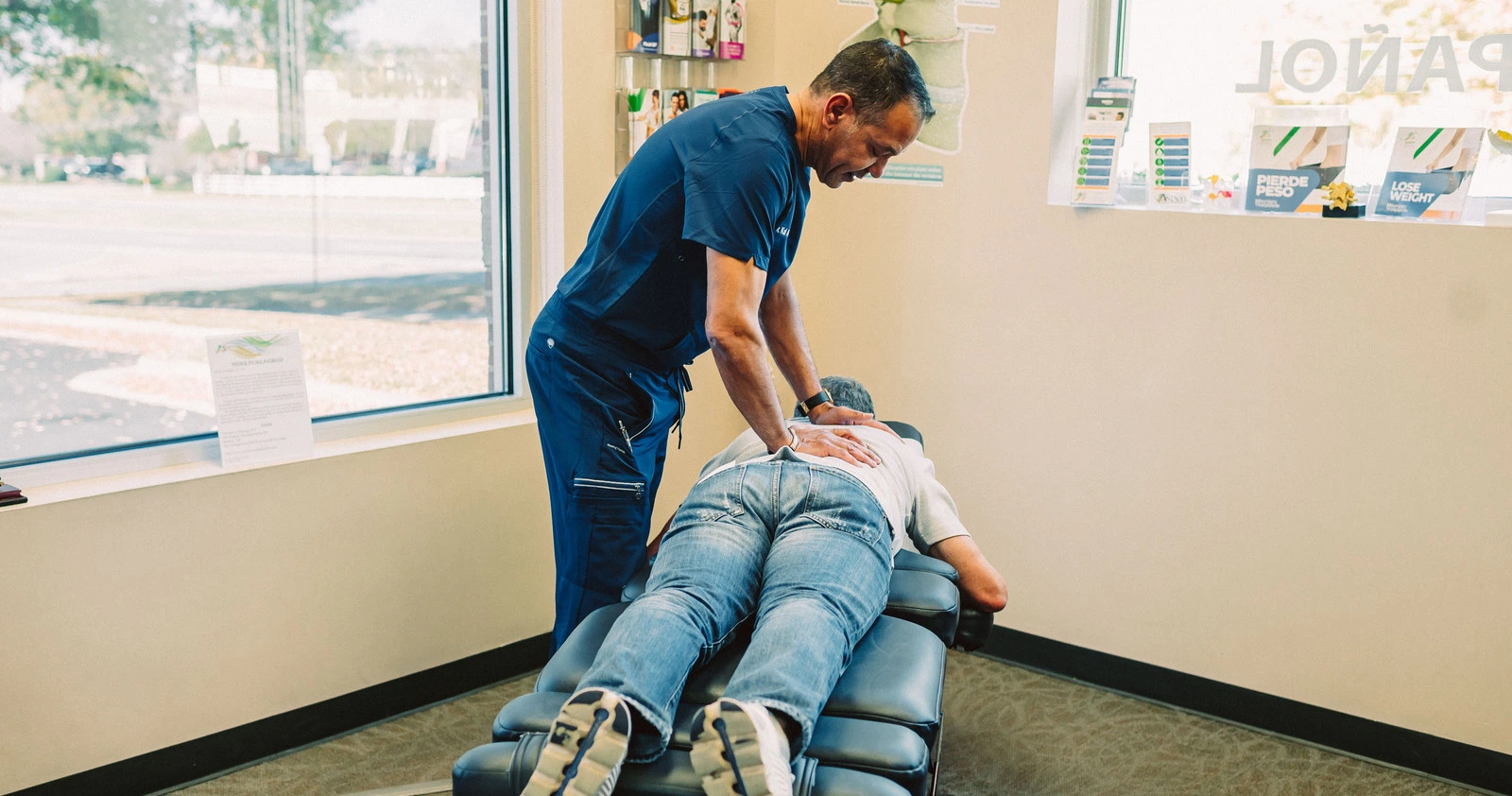
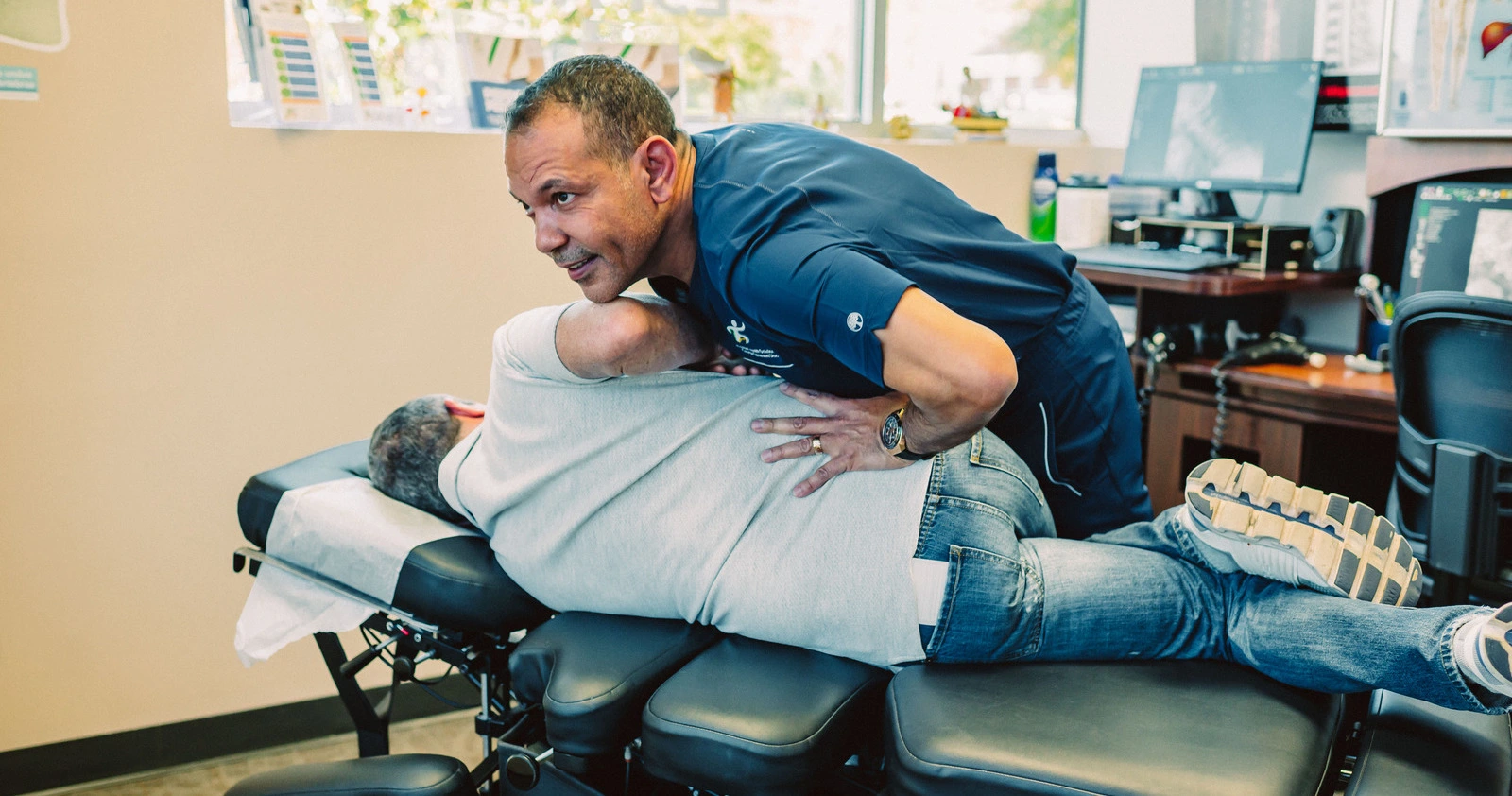
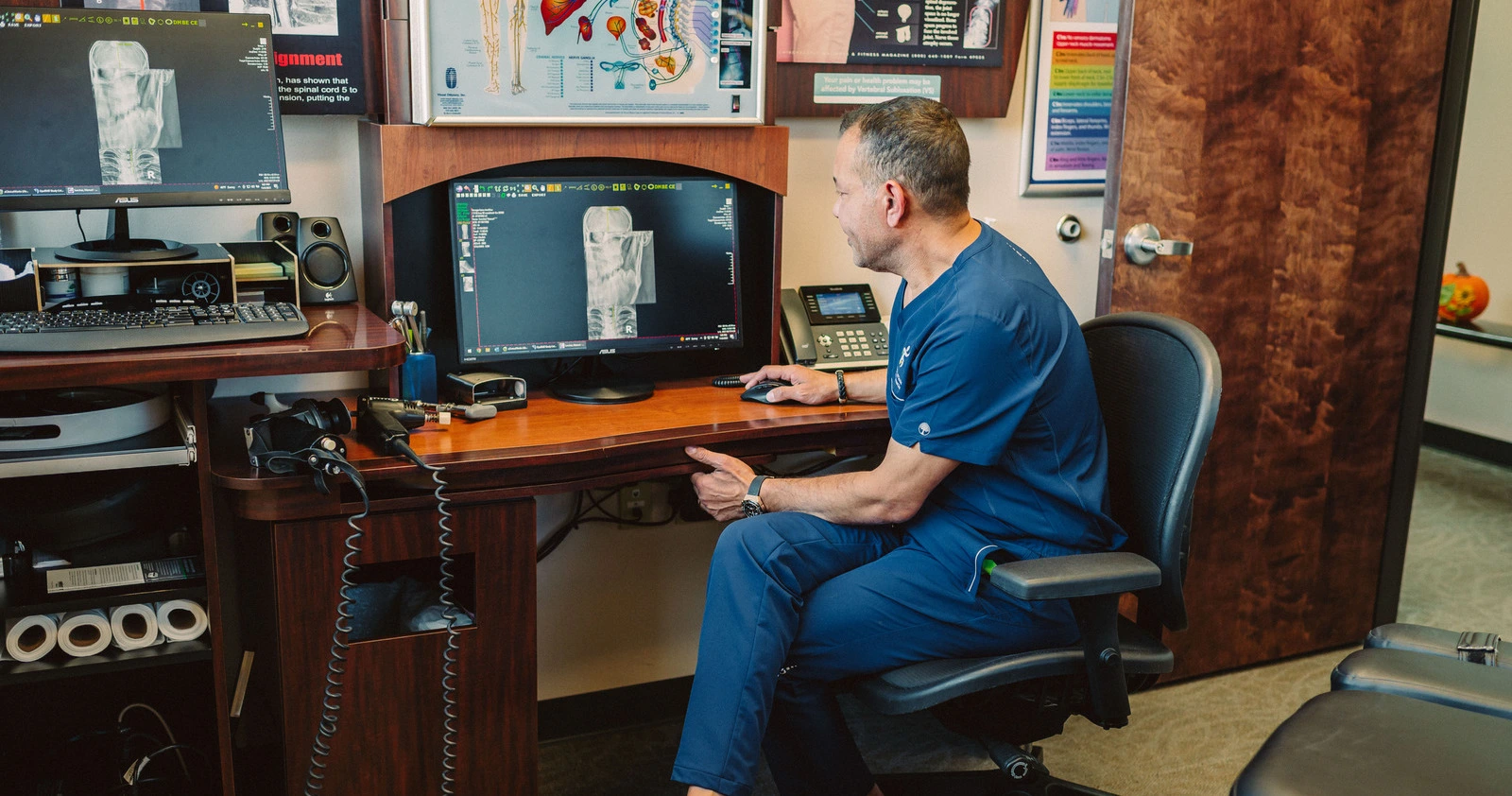
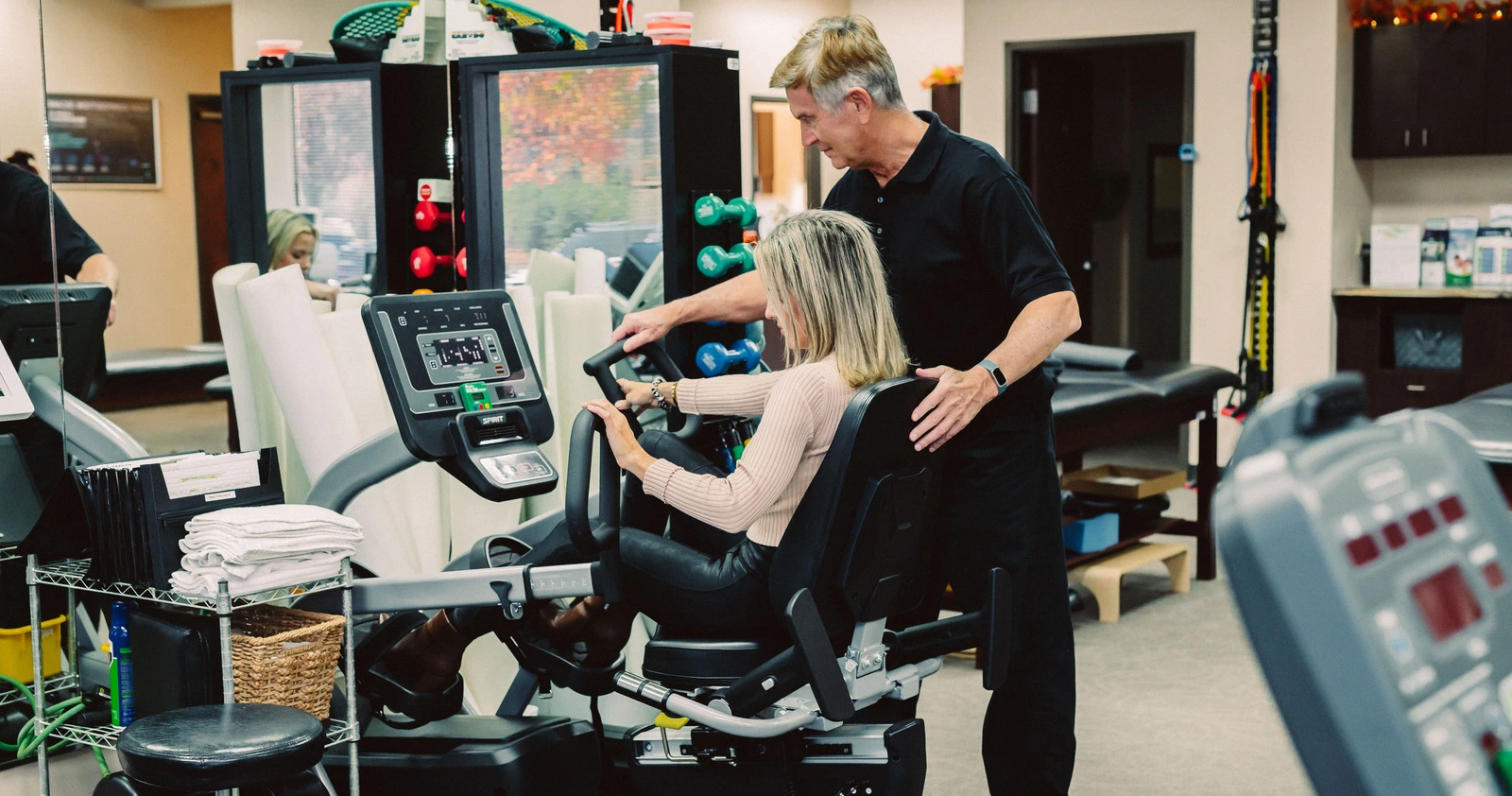
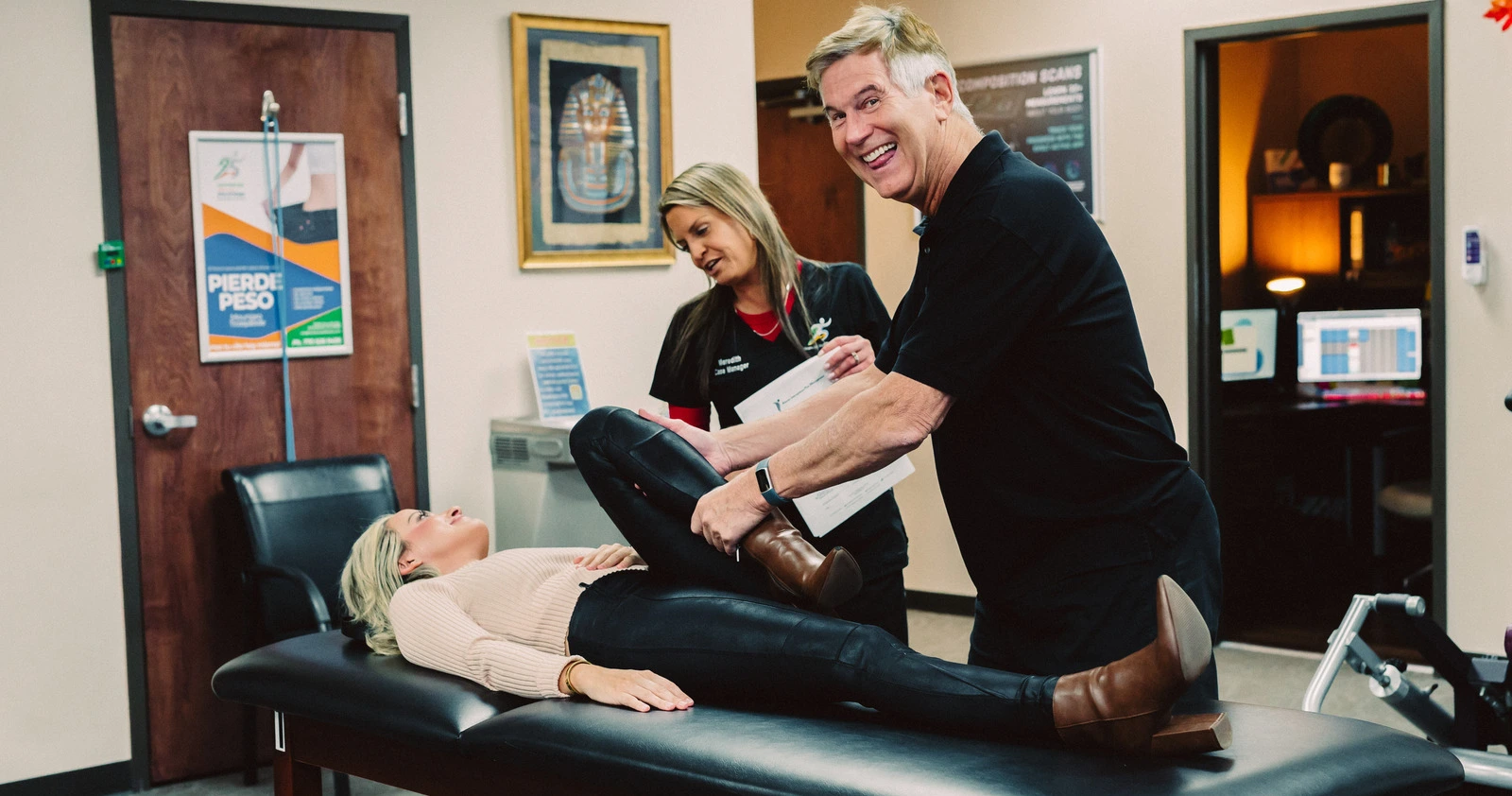
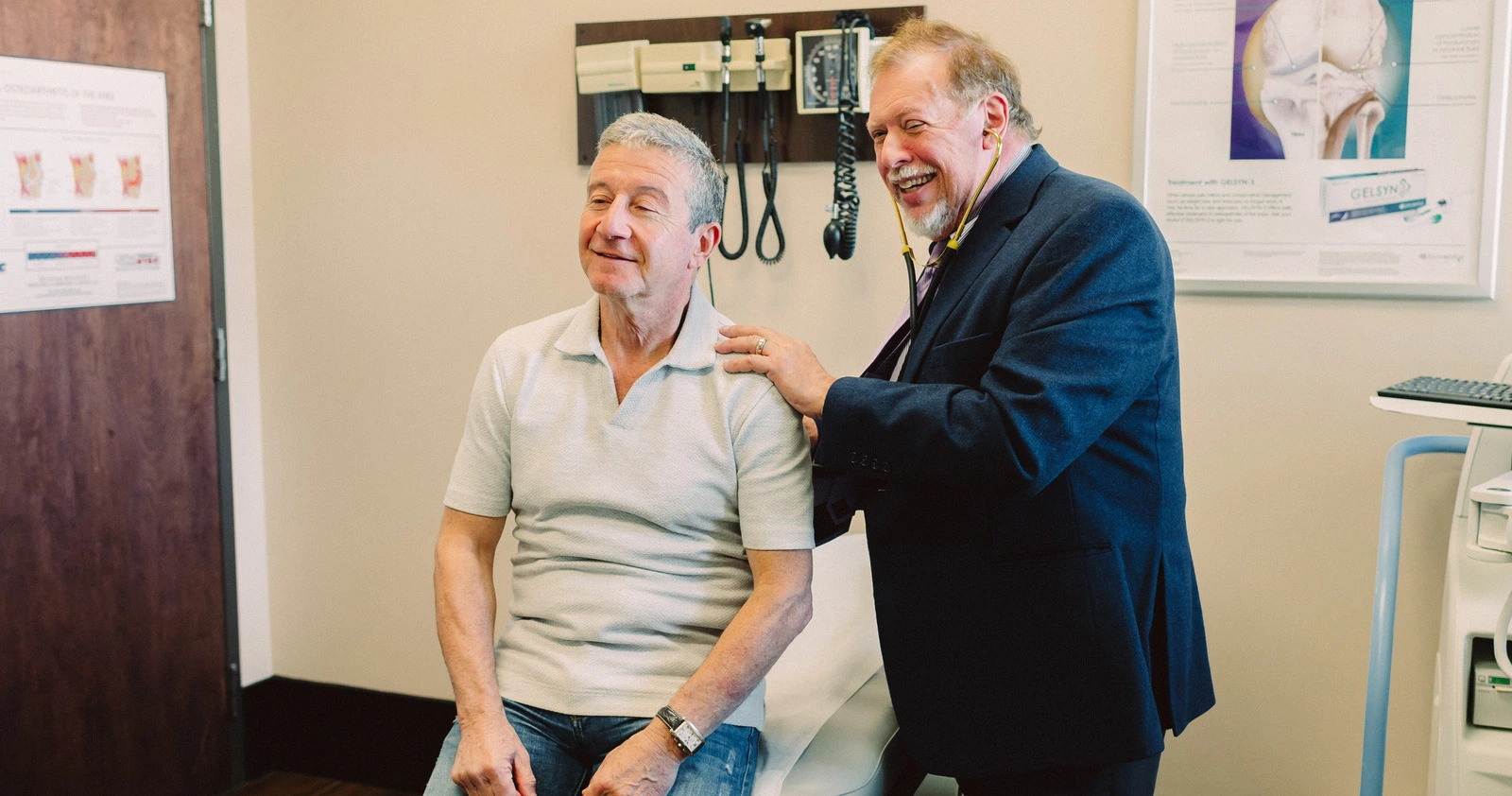
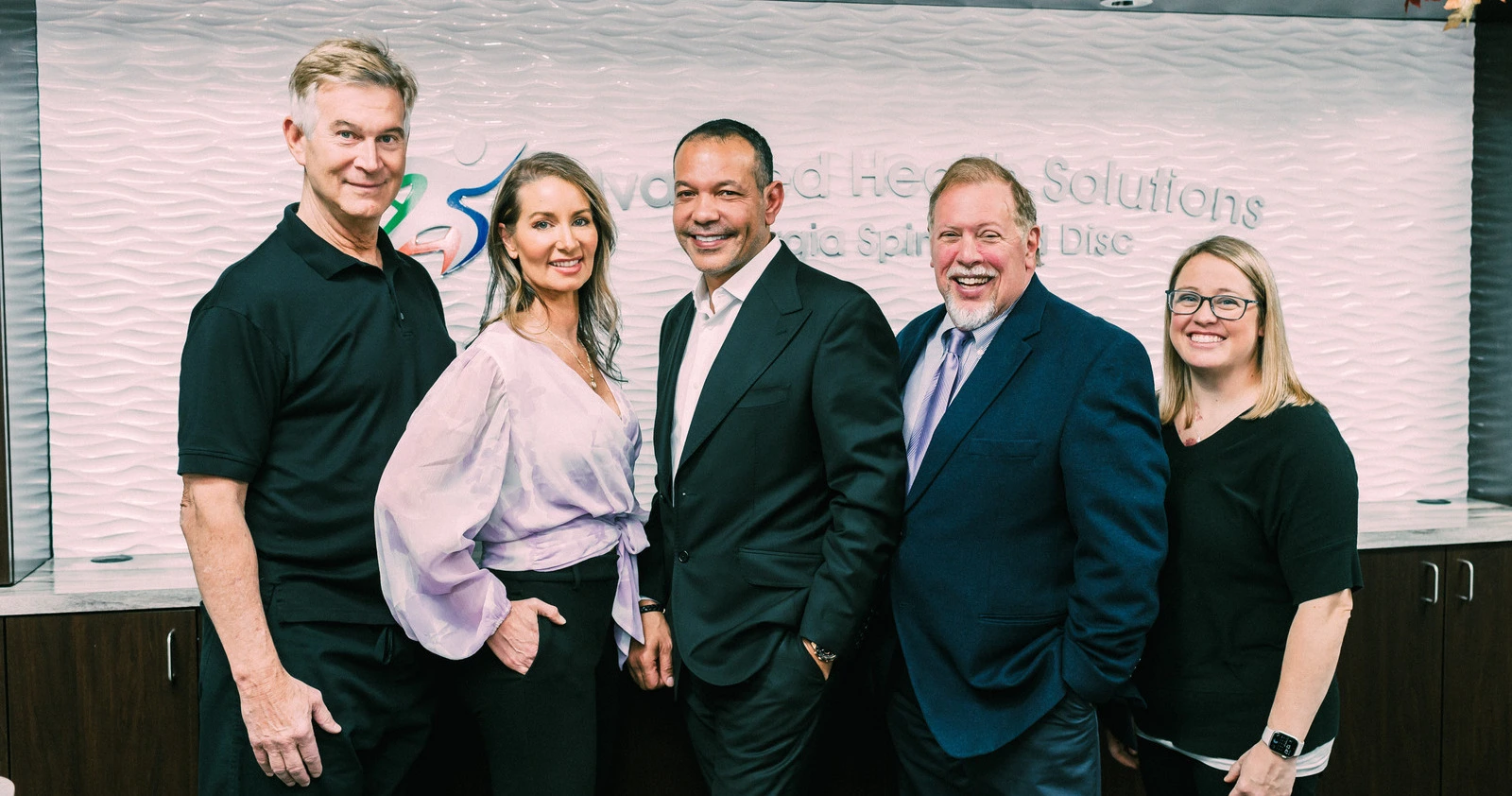
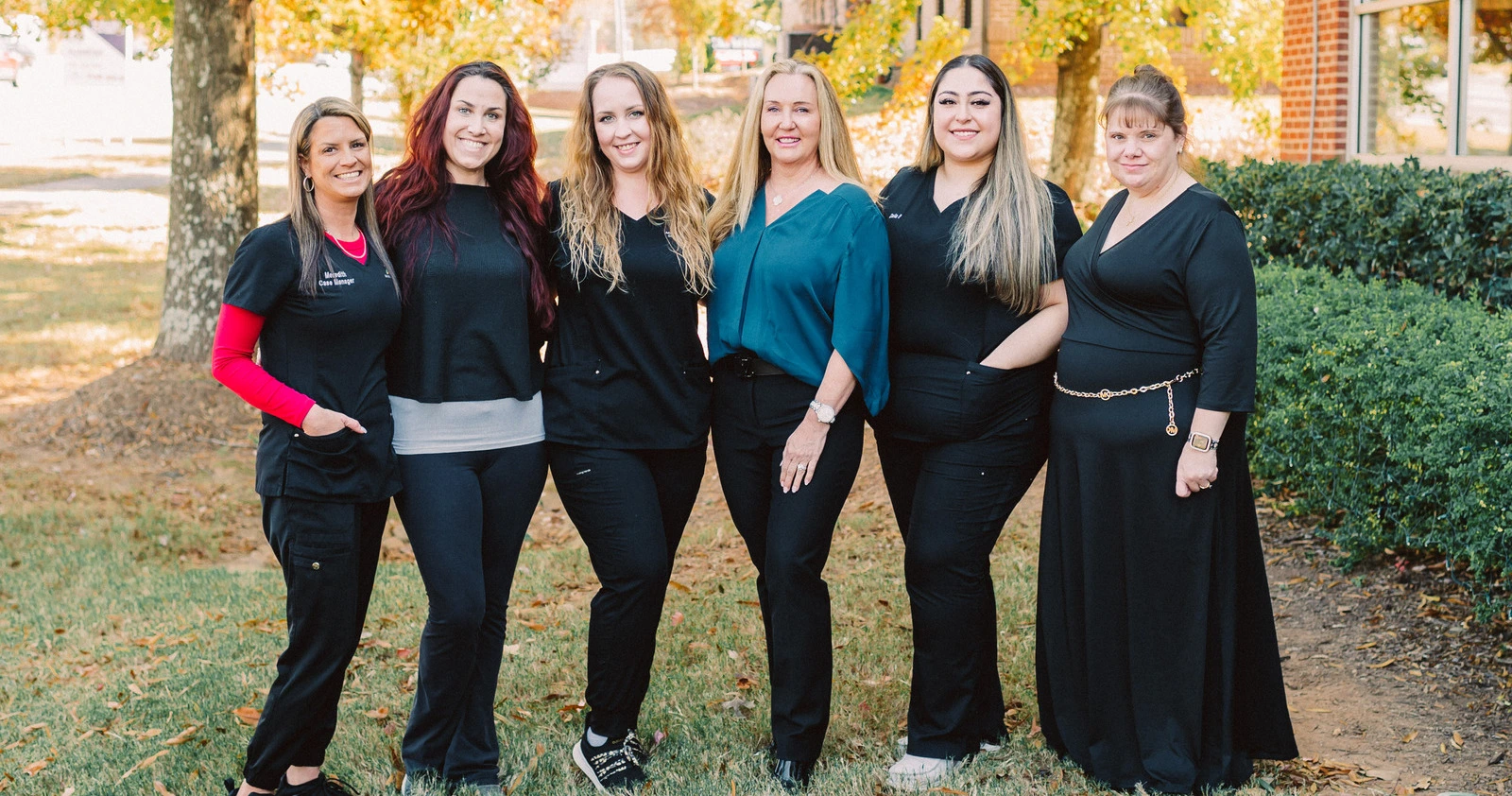

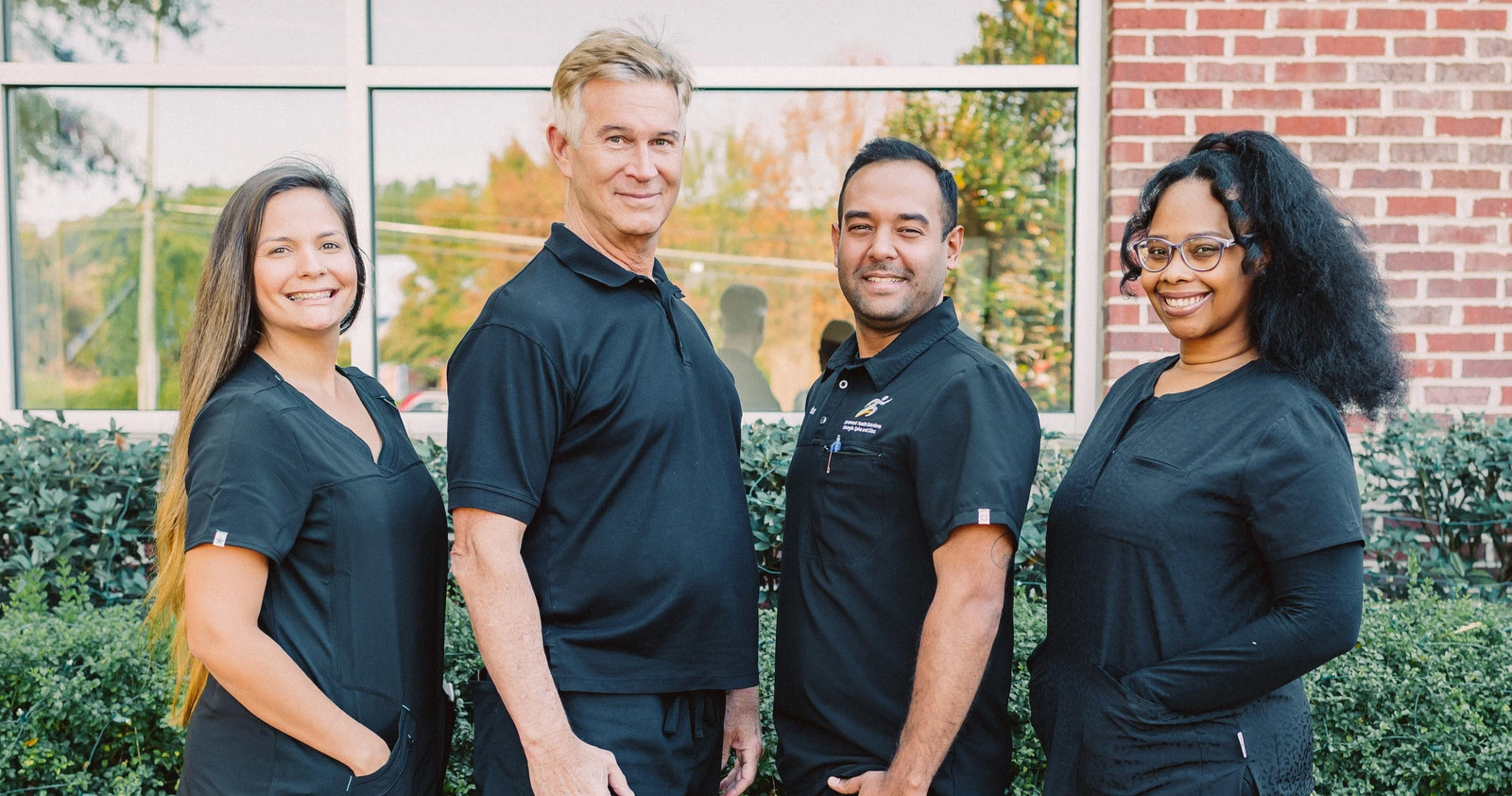
Our medical clinic offers a wide range of services, including primary care, specialty care, preventive care, diagnostic testing, chiropractic, physical therapy, and more. We strive to provide comprehensive and personalized healthcare to our patients.
Our medical professionals are highly trained and experienced in their respective fields. We have a team of doctors, nurses, specialists, and support staff who are dedicated to providing quality care and ensuring the well-being of our patients.
Our clinic(s) are conveniently located in a central area, with easy access to public transportation and ample parking facilities. We understand the importance of accessibility and strive to make it convenient for our patients to reach us. See all locations
We take pride in our high patient satisfaction rates and positive outcomes. We regularly collect feedback from our patients to continuously improve our services and ensure we meet their expectations. Read Our Reviews
We strive to work with a wide range of insurance providers to ensure that our services are accessible to as many patients as possible. We also offer flexible payment options and financial assistance programs to make healthcare affordable for our patients.
The purpose of this visit is to assess your symptoms, diagnose any potential conditions, and provide appropriate treatment or recommendations. Your healthcare provider will outline the recommended treatment plan, which may include medications, lifestyle changes, therapies, or referrals to specialists, depending on your condition.
In addition to our core medical services, we may offer additional benefits such as extended hours, online appointment scheduling, electronic medical records, and patient education resources.
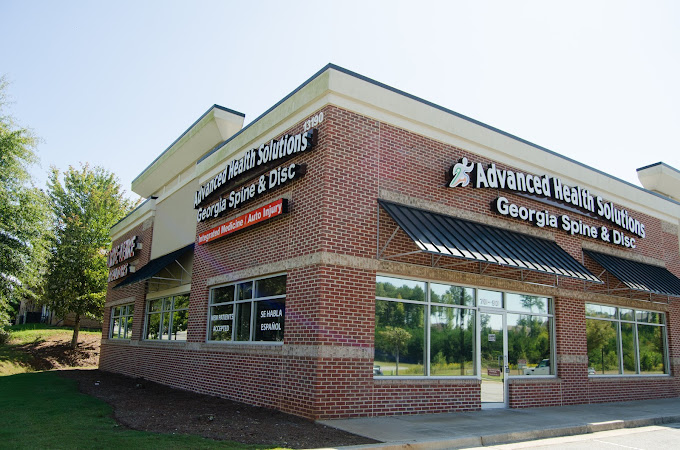

We are a Multidisciplinary Clinic with over 75 years of Combined Experience